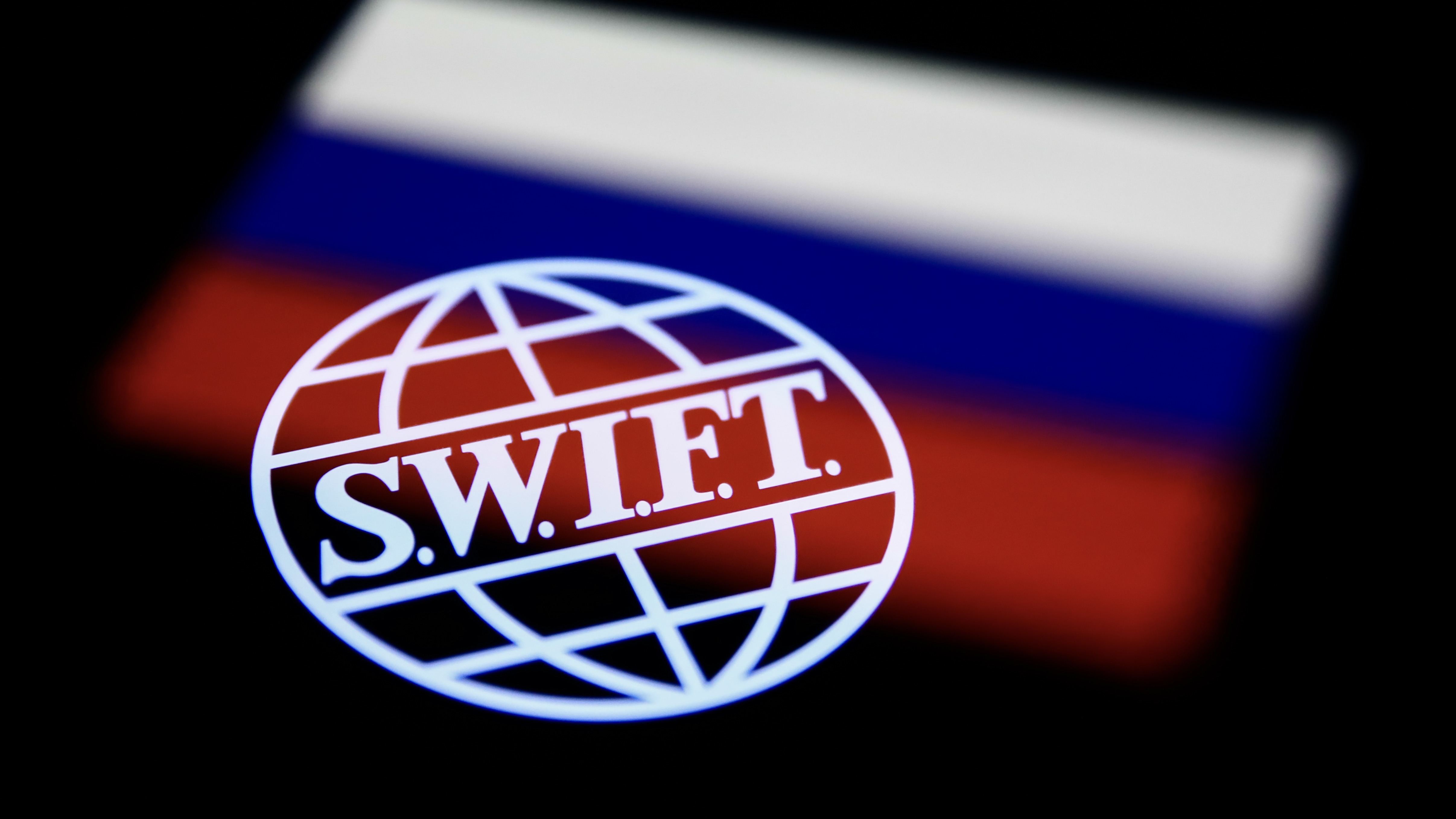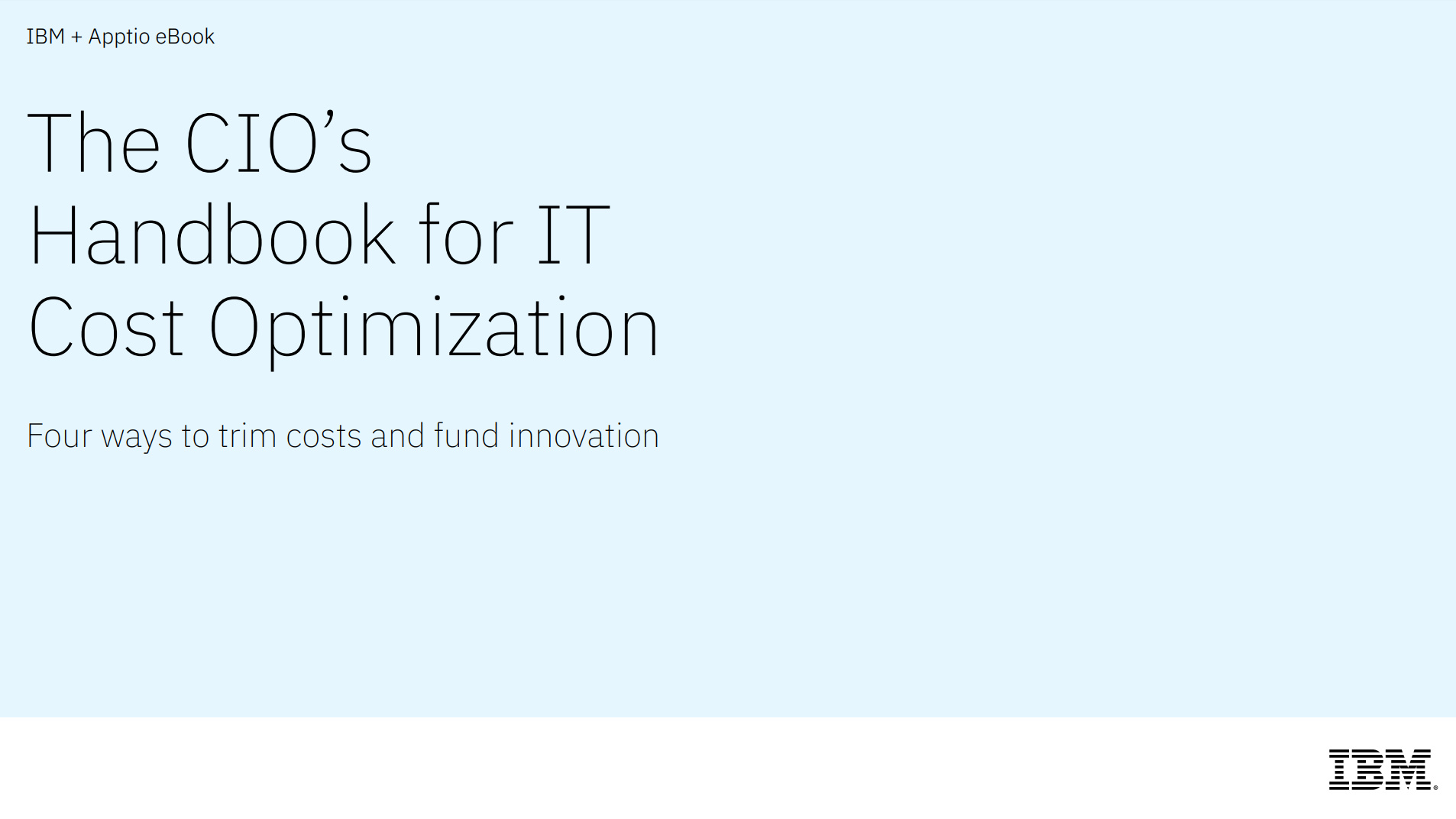Swift exit: How the world cut off Russian banks
We explore the inner workings of the Swift network that controls world banking

From electrical grids to the global positioning system, it’s easy to forget the dizzying array of complex systems that make the modern world function – at least, right up until the point when something stops working.
This is something that Russia learned the hard way in early March when, in response to the invasion of Ukraine, the US and Europe quickly agreed to cut it off from one of these critical systems: the Swift network that banks use to send money across borders.
In just a few keystrokes, it became significantly more difficult for money to transfer in and out of Russia, with the aim being it’d contribute to an economic collapse that might force Vladimir Putin to halt the aggression.
But what exactly is Swift, and what is the technology behind the global banking system?
Swift is essentially WhatsApp for Banks
The most important thing to know about Swift is that, surprisingly, it isn’t actually the system that transfers money at all. The name actually stands for the Society for Worldwide Interbank Financial Telecommunication, and it’s essentially a messaging platform used by banks to communicate transaction details across borders.
First established in 1973, the system today is used by more than 11,000 institutions including central banks, high street banks and countless financial services firms in more than 200 countries. According to Swift itself, more than 31 million “FIN” – financial messages – are sent every day, adding up to over 8.4 billion every year. According to the Financial Times, this accounts for about half of the world’s “high value” transactions.
From a technical perspective, shifting this sort of big data around is relatively trivial. Originally, Swift was a manual system that used Telex machines, but since the mid-2000s, the network has used the same IP-based networking as the rest of the internet, and the average message is scarcely longer than a tweet. For context, Twitter handles around 16 times as many messages – around 500 million – every day.
Sign up today and you will receive a free copy of our Future Focus 2025 report - the leading guidance on AI, cybersecurity and other IT challenges as per 700+ senior executives
The contents of Swift messages is arguably more important than your tweet about what you had for breakfast, however.
How does Swift work?
RELATED RESOURCE

Revolutionising the lending process with IBM Cloud Paks
Achieving a customer-centric future by modernising infrastructure and reducing risk
The most common way money is transacted within a single currency is by using a separate real-time gross settlement (RTGS) system that transfers money between banks. These RTGS systems don’t send details on individual transactions, though, and transactions are typically aggregated together to send money in bulk. So, without Swift, the banks wouldn’t know what the money being received is actually for.
“The bank at the other end will use the instructions that have been sent by your bank, when it gets the money, to decide where to put it,” says Frances Coppola, a finance and economics writer and former banker. “The RTGS system is completely blind as to the origin of these payments, or who they're going to, they're just making a payment from one bank to another bank, that's all they do.”
The Swift messaging system is flexible too. Messages are sent as structured data and are carefully categorised by the type of transaction and type of message. “There are XML (hierarchical) standards which makes them a little complicated to the human eye, but this simplifies [automatic] processing, and the relationship of message items is clearly identified for subsequent processing,” says professor Alistair Milne, a financial economics specialist at Loughborough University.
Although, not all Swift messages are incomprehensible. “If anything goes wrong there's a message format that you can use in Swift to say, 'Oh, I can't send this because...',” says Coppola, highlighting that Swift is flexible enough to handle both free-form messages and structured error messages. “It's a very comprehensive set of messages that you can send with Swift, which covers all eventualities in payments.”
There is an obvious question to ask with all of this complexity: why isn’t sending money around the world easier? We live in a world in which live streaming is surging and where we can send 4K video at the blink of an eye. So why are the banks still using multiple complex systems to settle payments? Also, why do some banking systems only work at certain times of day?
“Replacing legacy [tech] is expensive,” says Milne, “but APIs and middleware can provide some solutions and have gone quite a long way. The messaging really is pretty much instant. The majority (95%) of international bank-to-bank payments reach the intended recipient within 24 hours.”
We’re still some way away from sending money around the world being as easy as sending a tweet, though. “Technology is no longer the constraint,” says Milne. “The real issue is the underlying business model.”
Cutting off Russia
“It’s certainly not up to banking staff to simply know not to send money to Russia,” says Milne. “Most payments are fully automated. There must be flags that lead to either messages being blocked or to manual intervention… before the message is processed.”
“A key will be the [Bank Identification] codes of the excluded Russian banks which can be used to generate a warning within the Swift systems.”
Though losing access to Swift makes it harder to send money to Russia, it doesn’t make it impossible. “Swift exclusion makes fully automated payment transmission to excluded banks difficult or impossible,” says Milne. “But if a stage of manual intervention is to be allowed, and if the different parties want to make it happen, then it's not so difficult to get around.”
He gives the example of how a British bank could conceivably use a bank in a country such as Kazakhstan as an intermediary – sending it a payment using Swift. Then the bank would communicate another way, such as through a phone call or even a WhatsApp message, to instruct the Kazakh bank to send the cash using Russia’s home-made Swift alternative called SPFS. This formats messages using the same structured data standard as Swift.
“If the parties to this chain are willing to play this game, and can conduct the relevant supporting transactions, then the payments get into Russia,” says Milne. “The bottom line is that Swift exclusion is pretty good at preventing the smaller payments of $10,000 or less, but for $100,000 or more there are plenty of workarounds.”
Can cryptocurrency serve as a workaround?
The idea behind economic sanctions is that they make it legally – possibly even logistically – impossible to trade with the sanctioned country. And for most of the 20th century they have prevented trade with places such as Cuba, or Saddam Hussein’s Iraq. In 2022, there could be another force that makes sanctions harder to enforce: crypto.
“There's been a bit of chatter about using Bitcoin to get round the sanctions… and it could,” says Coppola. “Russia's imposing soft capital controls, but people being what they are, they're going to find ways around them. And we've seen crypto used before for capital flight in places like Venezuela.”
Because cryptocurrencies such as Bitcoin don’t use the traditional financial system, or require governments or banks to function, it makes it much more difficult for authorities to control how money is used.
This isn’t just science fiction. In early February, a report published by the United Nations argued that North Korea had funded its nuclear missile programme to the tune of $2 billion by using cryptocurrency stolen in cyber attacks around the world. Similarly, early this year the central bank of Iran officially launched a programme to help businesses in the country make payments in crypto that evade sanctions.
Could Russia, now isolated in large part from the global economy, turn to cryptocurrencies such as Bitcoin too? “The first problem with Bitcoin is it's incredibly volatile,” says Coppola. “The second is it's actually incredibly slow, and then you have the problem of on-off ramps.”
By this, Coppola means the problem of still requiring crypto exchanges to convert Bitcoin into US dollars and other useful currencies – many exchanges don’t have many dollars on hand. She does envisage a way that Russia might get around this, though, by using so-called “stablecoins”, which function and act like crypto, but are algorithmically linked in value to traditional currencies such as the dollar. The UK, for example, announced it would introduce stablecoins, in April 2022.
RELATED RESOURCE

Why smart businesses view a data fabric as an inevitable approach to becoming data driven
Adopting a data-driven strategy for success
“That will ensure the exchange rates, and it's actually a whole lot easier to use something that kind of looks like a dollar and behaves like a dollar,” she says. “And you can exchange it for actual dollars at some point at your leisure, rather than having to immediately get it out in case the whole thing crashes. So I think stablecoins are quite a considerable risk for the sanctions.”
Of course, it isn’t only Russia that knows this – the US and Europe do too. Which is why one consequence of the Ukraine invasion could turn out to be western governments further tightening the screws on crypto exchanges.
“I imagine that the US government will want to take steps to ensure that crypto exchanges and stablecoin issuers can't be used to evade sanctions,” says Coppola. “I'm expecting to see more regulation of crypto as a result of this.”
-
 Trump's AI executive order could leave US in a 'regulatory vacuum'
Trump's AI executive order could leave US in a 'regulatory vacuum'News Citing a "patchwork of 50 different regulatory regimes" and "ideological bias", President Trump wants rules to be set at a federal level
-
 TPUs: Google's home advantage
TPUs: Google's home advantageITPro Podcast How does TPU v7 stack up against Nvidia's latest chips – and can Google scale AI using only its own supply?
-
 HSBC partners with Mistral to fuel bank-wide generative AI adoption
HSBC partners with Mistral to fuel bank-wide generative AI adoptionNews The multi-year, strategic partnership will focus on transforming a range of services and tasks from customer-facing to fraud detection and more
-
 Future focus 2025: Technologies, trends, and transformation
Future focus 2025: Technologies, trends, and transformationWhitepaper Actionable insight for IT decision-makers to drive business success today and tomorrow
-
 Fuelling growth through transactions
Fuelling growth through transactionswhitepaper Prepare for the future of payments with flexible solutions
-
 Monetization strategies for digital content creators
Monetization strategies for digital content creatorswhitepaper An overview of the economies of forex markets in Latin America and what payment providers need to know to enter the region
-
 Capturing the Web 3.0 opportunity with crypto on-ramp
Capturing the Web 3.0 opportunity with crypto on-rampwhitepaper A payment method that lets users purchase their desired cryptocurrency
-
 Retail forex development in Latin America
Retail forex development in Latin Americawhitepaper An overview of the economies of forex markets in Latin America and what payment providers need to know to enter the region
-
 B2B Tech Future Focus - 2024
B2B Tech Future Focus - 2024Whitepaper An annual report bringing to light what matters to IT decision-makers around the world and the future trends likely to dominate 2024
-
 The CIOs handbook for IT cost optimization
The CIOs handbook for IT cost optimizationWhitepaper Four ways to trim costs and fund innovation in your IT financial management